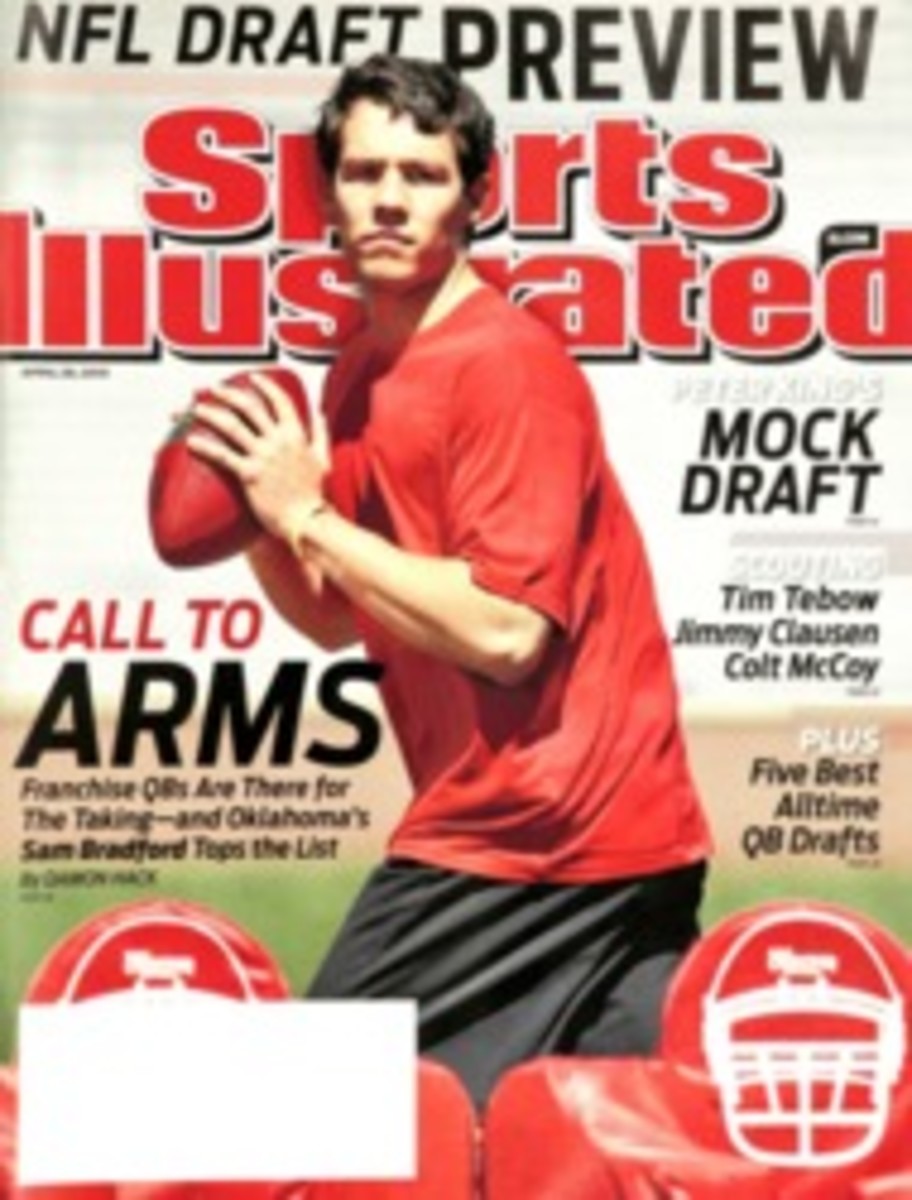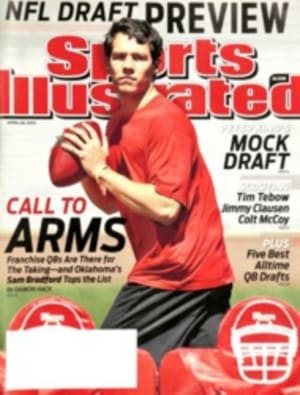
The D.R. Goes New School
Future Hall of Famer Pedro Martinez stands a bunt's distance away from the parents and coaches of the elementary school--aged boys who have caravaned from the Dominican Republic baseball mecca of San Pedro de Macorís to the Major League Baseball--sponsored clinic in Boca Chica, about 20 miles away. Normally, the adults would have pressed their noses through the chain-linked backstop, eager to hear every nugget of wisdom the Dominican icon imparts. Instead they gaze at another wonder: the two-story, bougainvillea-lined building behind them where 28 youngsters live, eat and train in hopes of becoming the next generation of Pedros. "What is this place?" one parent asks. Answers another, "It's the Americans'."
The International Academy of Professional Baseball, or La Academia, as it's known by its Spanish shorthand, is an attempt to bring Latin American player development into the 21st century (and, yes, to profit from the modernization). It's the brainchild of three men: Steve Swindal, whom Yankees owner George Steinbrenner had groomed as his successor until Swindal was divorced in 2007 from Steinbrenner's daughter Jennifer; Abel Guerra, who served both presidents Bush, the second as a public liaison in matters such as health and immigration, and later was the Yankees' vice president of international operations; and U.S. ambassador Hans Hertell. The trio poured more than $1 million in startup costs into the 10½-acre complex that boasts a dormitory, cafeteria (with a nutritionist), classroom (with a computer lab on the way), MLB-sized ballfield, pitching mounds, batting cages and flowers. Lots of flowers.
What Swindal & Co. hope will also flower is a revolution that creates a more level playing field for nurturing Latin talent for the big leagues, one that would upend a rigid, time-honored caste system. For generations, turning amateur baseball players—usually out of shacks and hardscrabble fields—into major league prospects has been the province of mostly uneducated Dominicans with limited job opportunities. These men, known as buscones, are local, independent coaches who identify, train and auction prospects to big league clubs, usually in exchange for hefty percentages of the youngsters' bonuses. They have been essentially unregulated, creating an anything-goes environment.
Recently, though, the local operators have been elbowed aside. "The image of Dominican kids using milk cartons for gloves just isn't the case anymore," says Philadelphia-born agent Rob Plummer, who has represented Latin American prospects (among them, current Rays DH Willy Aybar) since 1996. "There's a lot more investment there now." The payoff can be lucrative: In 2004 major league teams issued $30.5 million in signing bonuses to international players. Last year teams paid $81.6 million.
Clubs surveyed by SI expressed support of the Americanization of the business and guarded optimism about La Academia. "Small changes they've brought, even starting tryouts on time, make a difference," said one international scouting director who was not authorized by his team to speak. Even several Dominican-born buscones are laudatory. "With La Academia there's more professionalism now," says Dominican native and longtime buscon Homero LaJara. In the past, LaJara says, successful buscones pocketed their profits, but now "it makes them invest back in their programs and their players if they want to stay competitive."
Guerra says that La Academia takes less than the industry-standard 30% from its prospects' signing bonuses. How much less? That he refuses to reveal, citing death threats he says he's received from others in the industry who fear La Academia undercuts the market and threatens their livelihood.
La Academia's greatest peril, though, may come from Major League Baseball. Last month, prompted in part by allegations that team executives have been involved in illegal bonus-skimming, commissioner Bud Selig appointed former MLB executive VP Sandy Alderson to overhaul the league's policies in the D.R. Baseball is considering implementing an international draft, which, by eliminating the current free-agent system, would almost certainly lower signing bonuses. (The draft looms as a focal point during the upcoming collective bargaining talks with the players' union.)
La Academia's owners remain unfazed. Even before the facility officially opened its doors in January, seven of its prospects signed contracts with big league clubs; the commissions covered more than half of La Academia's operating costs for its inaugural year. Currently the academy is home to two of the most highly coveted free agents in the 2010 market, outfielder Vicmal de la Cruz and shortstop Estalin Peguero. Both are expected to command seven-figure bonuses.
Guerra, Swindal and Hertell say that the academy's bottom line isn't their measuring stick for success. "Will we make a little money off of this? Sure," says Guerra. "But we really want to make a positive change more than anything."
PHOTO
LINDA CATAFFO/NY DAILY NEWS ARCHIVE/GETTY IMAGES (SWINDAL)
ACADEMY AWARD Swindal (above) and his outfit lure prospects with a state-of-the-art facility in Boca Chica.
TWO PHOTOS
COURTESY OF BLAKE BENTLY
[See caption above]

